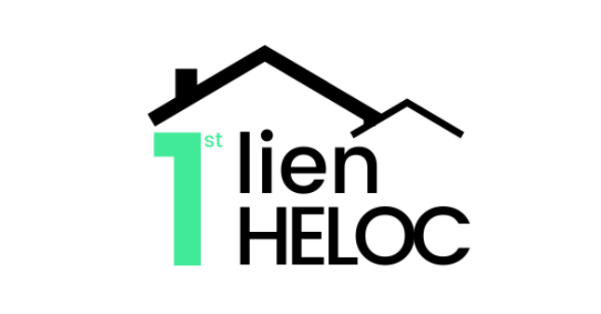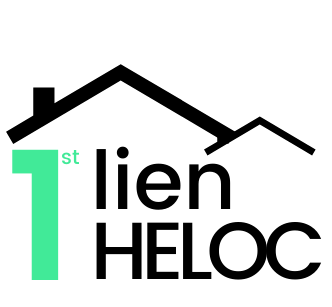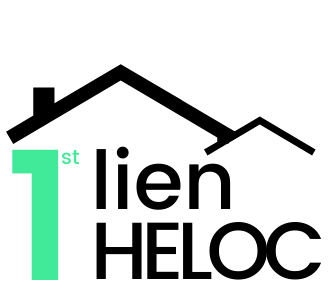
Living paycheck to paycheck is a reality for many individuals, regardless of income level.
It’s a cycle that can lead to financial stress, limit opportunities for growth, and make long-term stability feel unattainable.
Breaking this cycle is essential not only for achieving financial freedom but also for building a secure and fulfilling life.
In this guide, we’ll explore the hidden costs of living paycheck to paycheck, why it happens, and practical steps to escape the cycle and achieve long-term financial stability.
The Hidden Costs of Living Paycheck to Paycheck

While the immediate stress of making ends meet is evident, the long-term impact of living paycheck to paycheck can be far-reaching:
1. High Debt Levels
When unexpected expenses arise, relying on credit cards or personal loans becomes a necessity, leading to mounting debt and high-interest payments.
Example: Paying for car repairs on a high-interest credit card can cost significantly more than the original expense if not paid off immediately.
2. Missed Opportunities for Growth
Without savings, you miss out on investment opportunities, the ability to pursue career advancement through education, or taking calculated risks for personal growth.
3. Financial Insecurity
A single emergency, such as a medical bill or job loss, can create a financial crisis, leaving you vulnerable to eviction, bankruptcy, or other significant setbacks.
4. Emotional Stress and Mental Health Issues
Constant worry about money can lead to anxiety, depression, and strained relationships, creating a ripple effect that impacts every aspect of life.
Why People Live Paycheck to Paycheck

Understanding the root causes is crucial to breaking free from the cycle:
- Lack of Budgeting: Without a clear understanding of income and expenses, overspending becomes easy.
- Lifestyle Inflation: As income rises, expenses often increase at the same pace, leaving no room for savings.
- Low Savings Culture: A “spend now, save later” mindset delays the habit of saving, making it harder to catch up over time.
- Relying on Credit: Using credit as an extension of income creates long-term financial strain.
How to Break the Cycle of Living Paycheck to Paycheck

Breaking free from this cycle requires a mix of mindset shifts and actionable financial strategies.
1. Start with a Budget
A budget is the foundation of financial stability. Knowing where your money goes helps you take control.
How to Budget Effectively:
- Use the 50/30/20 Rule: Allocate 50% of income to needs, 30% to wants, and 20% to savings or debt repayment.
- Track spending with apps like Mint, YNAB, or EveryDollar.
Read more about budgeting here
2. Build an Emergency Fund
Having savings for unexpected expenses reduces reliance on credit cards and loans.
Start Small:
- Begin with a goal of $500 to $1,000 for emergencies.
- Gradually increase it to cover 3–6 months of living expenses.
3. Prioritize Debt Repayment
High-interest debt keeps you stuck in the paycheck-to-paycheck cycle. Paying it off frees up income for other goals.
Strategies to Pay Down Debt:
- Debt Snowball Method: Pay off smaller debts first for quick wins.
- Debt Avalanche Method: Focus on high-interest debts to save more in the long run.
More tips on debt repayment here!
4. Automate Savings
Set up automatic transfers to a savings account on payday. This ensures you save consistently, even if it’s a small amount.
Tip: Use high-yield savings accounts like Ally Bank or Marcus by Goldman Sachs to earn more on your savings.
5. Limit Lifestyle Inflation
As your income grows, resist the urge to upgrade your lifestyle immediately. Focus on using extra funds to build wealth instead.
6. Explore Additional Income Streams
Earning more can accelerate your journey to financial stability.
Ideas for Extra Income:
- Freelancing or consulting in your area of expertise.
- Starting a side hustle, like selling crafts or offering services.
- Renting out unused space or items.
If you want to invest in Index Funds, feel free to click here!
7. Use Tools Like a First Lien HELOC
A First Lien HELOC can help you consolidate high-interest debt and improve cash flow management. By leveraging home equity strategically, you can create a pathway to long-term stability.
Try Our First Lien HELOC Calculator today to see how much equity you can access to break free from the paycheck-to-paycheck cycle.
The Long-Term Benefits of Breaking the Cycle

Once you’ve escaped the paycheck-to-paycheck trap, the benefits are life-changing:
- Financial Freedom: Enjoy the peace of mind that comes from knowing you’re prepared for emergencies and future goals.
- Opportunity for Growth: Use savings to invest in yourself, whether it’s through education, starting a business, or building wealth.
- Improved Mental Health: Reduced financial stress leads to better overall well-being and stronger relationships.
Take the First Step Today
Breaking the paycheck-to-paycheck cycle requires discipline, commitment, and a clear plan, but the rewards are worth it. Start by creating a budget, building savings, and exploring tools like a First Lien HELOC to manage debt and cash flow effectively.
Ready to Break the Cycle?

Use our First Lien HELOC calculator to explore how you can unlock equity and take control of your financial future.
Let me know if you’d like to refine this further or add additional examples!

